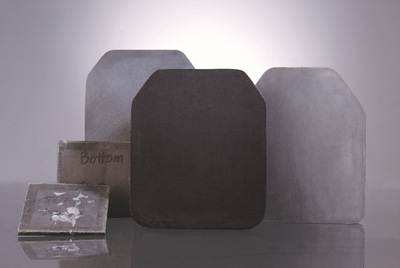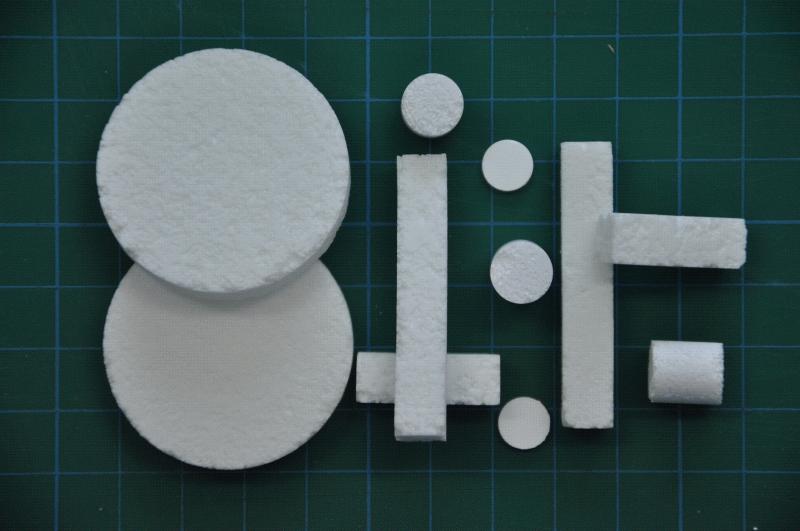1. Full conductivity of superconductors
Generally, when current passes through a conductor, there will inevitably be a certain amount of energy loss due to the existence of resistance. The so-called full conductivity of a superconductor means that the resistance in the superconducting state (below the critical temperature) is zero, and there is no energy loss when current passes through the superconductor.
2. Complete diamagnetism of superconductors
The complete diamagnetism of a superconductor means that the superconductor is in an external magnetic field and can repel the influence of the external magnetic field, that is, the external magnetic field is completely excluded from the superconductor. This characteristic is also known as the Meissner effect. The Meissner effect experiment is to place a superconducting sample in a normally conductive state in a magnetic field. At this time, the magnetic field can enter the superconducting sample, and then cool it to below the critical temperature Tc. The magnetic field in the sample is repelled. If the process is reversed, that is, the superconducting sample in the normally conducting state is first cooled to below the superconducting critical temperature, so that it is in the superconducting state, and then placed in a magnetic field. At this time, the magnetic field is also repelled by the superconductor outer.

3. Superconductor performance test
As shown before, superconductors have many properties, but the basic parameters that characterize superconducting materials are: critical temperature Tc, critical magnetic field Hc, critical current Ic, and magnetization Mc. Among them, Tc and Hc are the inherent properties of the material, which are determined by the electronic structure of the material matrix, and are rarely affected by deformation, processing and heat treatment. That is, Tc and Hc are superconducting performance parameters that are not sensitive to the structure. Ic is extremely sensitive to organizational structure.
In these basic parameter tests, the measurement of the critical temperature Tc is very important. Therefore, only the measurement of the critical temperature Tc is discussed now.
There are different methods for measuring the critical temperature Tc, such as resistance method, magnetic measurement method and so on. Different measurement methods will result in different results for Tc.
In order to measure Tc, it is necessary to accurately control the temperature, measure the temperature, and accurately measure the transition point from the superconducting state to the normal conduction state.
At present, the Tc of superconducting materials is generally below 0°C. Therefore, the low temperature must be obtained first. As mentioned earlier, liquid helium is used below 4.2K, liquid hydrogen below 20K, and liquid nitrogen below 77K, and it is generally obtained by reducing pressure.
(1) Resistance measurement method
The resistance measurement method is based on a measurement method in which the resistance becomes zero when the sample enters the superconducting state. The sample is generally linear or ribbon, and the superconducting phase in the sample is required to be homogeneous. Otherwise, only the critical temperature of the phase with higher Tc can be measured, while the phase with lower Tc cannot be measured.
(2) Magnetic measurement method
When superconducting materials have different critical temperature Tc phases, the resistance method cannot be used to measure Tc, because in this case, only the critical temperature of the high Tc phase can be measured, while the lower Tc phase cannot be measured. In this case, the magnetic measurement method can be used.
The circuit used to measure the critical temperature by the change of the magnetic susceptibility is the Shore circuit.
Along with the transition from normal to superconducting state, the sample changes from paramagnetism to diamagnetism, and the magnetic susceptibility of the sample changes greatly. If the sample is placed in the coil of the oscillating circuit formed by the capacitor C, the inductance of the coil will also change due to the change of the magnetic susceptibility, and the change of the oscillation frequency can be measured with a frequency meter. With this method, the critical temperature of samples of any shape and any state can be measured, and if there are different Tc phases at the same time, the Tc values can be measured separately. Therefore, it is possible to understand the internal organization state of the material to a certain extent.
Declaration: This article is provided by CERADIR™ users or obtained from Internet, the content does not represent the position of CERADIR™. We are not responsible for the authenticity/accuracy of the article, especially the effects of the products concerned. This article is for study only, it does not constitute any investment or application advice. For reprinting, please contact the original author. If it involves the copyright and/or other issues, please contact us and we will deal with it asap! CERADIR™ has the interpretation of this declaration.







